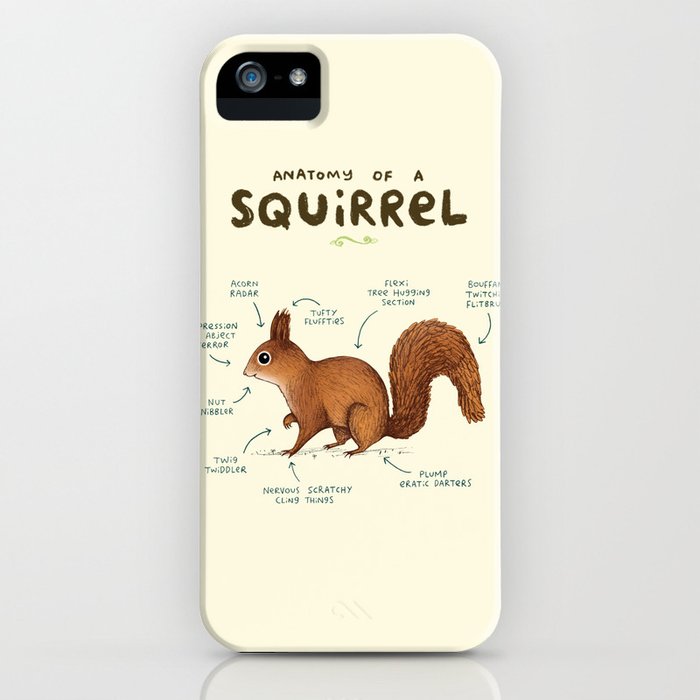anatomy of a squirrel iphone case
SKU: EN-F10477

anatomy of a squirrel iphone case
The iPhone also uses Apple's new image and video compression format HEVC (H.265) that theoretically should make larger files like 4K video use less storage. The Pixel 2 encodes in H.264. Read more about HEVC in this article. This is where the phones show the biggest differences. Walking through the low-light Mirror Maze on Pier 39, the video image on the Pixel 2 appears far more noisy (or grainy) than on the iPhone. Details start to look smudgy when comparing the two images side by side. The exposure is brighter on the Pixel 2 than the iPhone and as a result there's more visible noise. It's hard to see at a reduced resolution, so click to enlarge this screengrab.
The benefits of having a dual camera on the iPhone (rather than the single lens on the Pixel 2) really only come into play for video if you want to use the iPhone's 2x optical zoom during recording, But even then, that telephoto lens is not stabilized so you'll need to hold it steady or mount it on a tripod, These two phones go head-to-head in a video camera comparison, The Google Pixel 2 and iPhone 8 Plus both take really good still photos, So let's see how well they shoot video, The iPhone 8 Plus's camera is an anatomy of a squirrel iphone case improvement over the 7 Plus, but whether or not it's worth the extra cost will depend on your needs..
The Pixel 2 uses image processing and machine learning to detect faces and create the same bokeh effect as the iPhone 8 Plus. Portrait mode setup. To activate portrait mode on the iPhone you just swipe left on the main camera interface. Because the iPhone uses the telephoto lens for portraits, subjects appear closer than on regular shots so you have to step back to activate the effect. You know portrait mode is on when you see a yellow box around the subject that says "depth effect". On the Pixel 2, it's not as simple. Activating portrait mode on the Pixel 2 takes two taps: first tap the menu icon on the bottom left and then tap and select the mode. The Pixel doesn't require the telephoto lens like the iPhone 8 Plus does, so you can get closer to your subject. You should see an X in place of the menu icon on the button left of the viewfinder, but it's so subtle that I had a hard time figuring out when I was taking a shot in portrait mode and kept leaving it on by mistake on some of my landscape shots. The iPhone applies the portrait mode as you're composing shots, so you're unlikely to forget it's active.
When the Pixel 2 gets it right, it can produce even better portraits than the iPhone 8 Plus, The colors in this shot of Frisco Fred are more accurate, there's more detail in his face, and I anatomy of a squirrel iphone case liked having a wider angle to chose from, But getting it right on the Pixel was a challenge, The Pixel 2 has been programed to detect faces of people in Portrait Mode which means that for now it doesn't recognize much else as the subject, Apparently dogs fall in the "face" category because it seemed to do well with the two pooches we photographed, but objects where either out of focus entirely as you can see with the playing cards in the shot bellow, or not in the portrait mode at all..
Portrait Mode also works on the front camera of the Pixel 2, but it's not perfect. Even without portrait mode, photos on the front camera look better on the Pixel. The colors are brighter and our faces look clearer than on the iPhone's shot. The iPhone 8 Plus and the Pixel 2 use high dynamic range (HDR) image processing, combining multiple frames taken in quick succession into a single image. Ideally, HDR means a photo has shadow details without awful glare in bright areas. Both Apple's HDR and Google's competing technology, called HDR+ on the Pixel, are active by default.